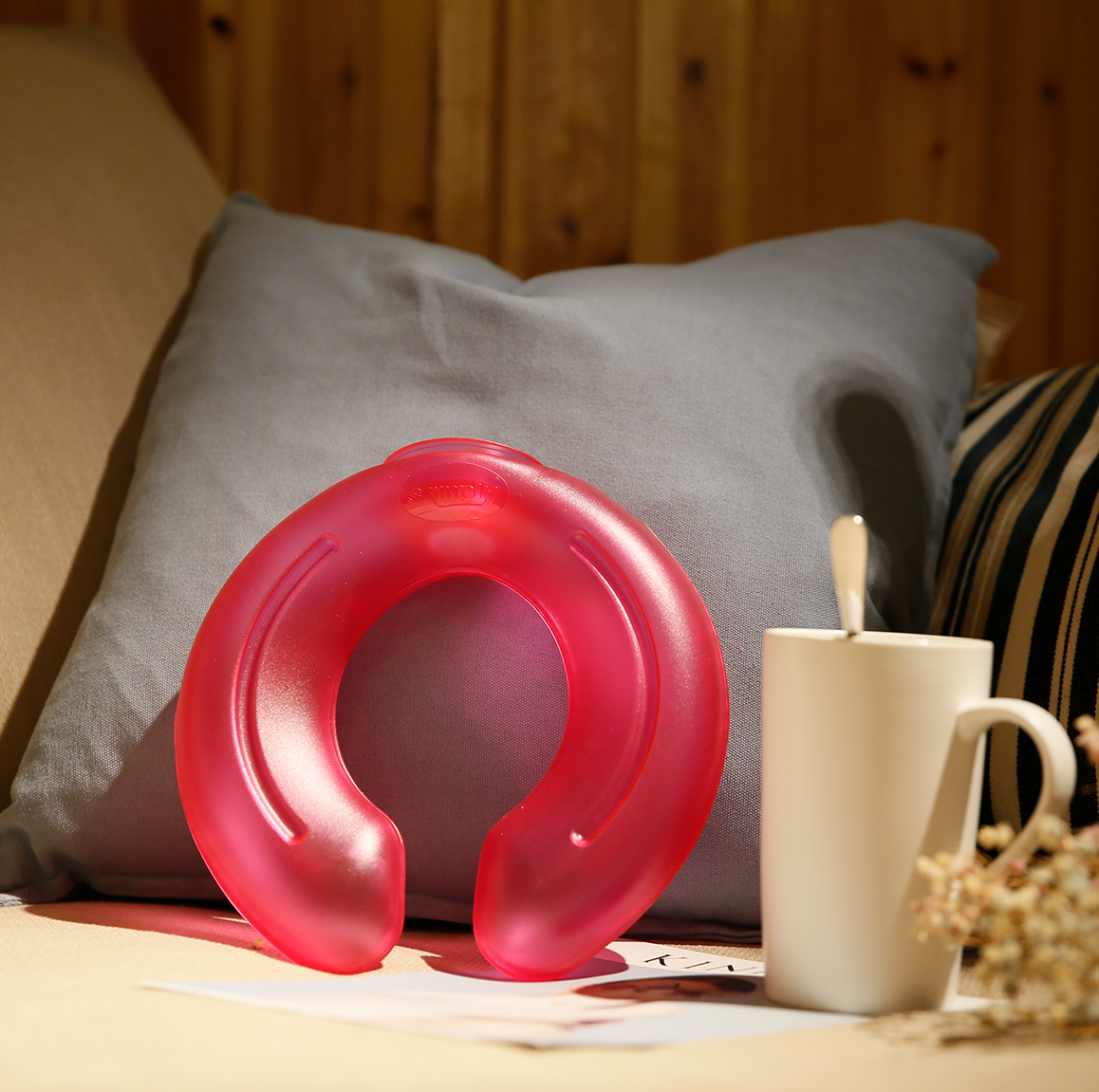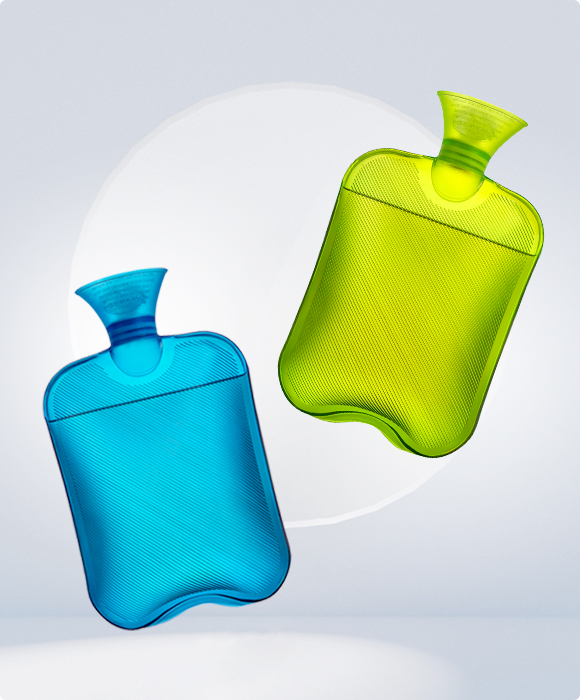1.Introduction
3.How Does a Warm Compress Help Draw Out an Infection?
4.Types of Infections That Can Benefit from a Warm Compress
5.How to Apply a Warm Compress
6.Conclusion
Introduction
Different regions of the human body tend to experience frequent infections as health issues. Bacterial, viral or fungal agents normally trigger these infectious conditions which result in pain and swelling with reddening of affected areas. Homemade treatments serve essential functions for treating slight infections and aiding general body healing. A warm compress represents an effective remedy for this purpose. Warm compresses manage to pull out infections by using a combination of heat along with other mechanisms that experts have yet to fully outline. The scientific basis of warm compresses will be explained in this piece together with its healing ability and practical usage for treating different infection types.
What is a Warm Compress
A warm compress functions as a cloth or fabric, or you can use hot water bottle to use on body parts. The temperature within the compress falls between 98°F to 104°F (37°C to 40°C) which creates a mild heat condition for treated areas. When applied to the body warm compresses facilitate better blood circulation because they serve to minimize pain while the body initiates its healing response.
A warm compress delivers benefits for treating both unsolved and long-lasting medical conditions. Warm compresses show high effectiveness when treating soft tissue inflammations that affect abscesses and boils together with various superficial skin infections.
How Does a Warm Compress Help Draw Out an Infection?
1.Improved Circulation and Increased Blood Flow
The application of heat to infected skin causes vessel dilatation which enhances blood delivery to the affected zone. The increased blood circulation transports more oxygen along with nutrients toward the tissues thus speeding up recovery time. The site of infection benefits from the warm compress because it enables waste removal of dead cells and toxins through improved blood circulation.
Improved blood circulation speeds up the delivery process of white blood cells needed for fighting infections in the affected area. Blood cells defend the body against infections by protecting the body through active microorganism destruction. A warm compress both activates the immune response and enables better infection-fighting capabilities in the body.
2.Promoting Pus Drainage
The collection of pus within boils and abscesses contains three main components including dead bacteria and white blood cells as well as tissue debris which together form yellowish thick fluid. Using a warm compress enables the body to naturally drain pus more easily after it liquefies the material.
The application of a warm compress makes the skin and adjacent tissue soft so the abscess develops a head until it bursts and empties its pus contents. The draining process through warm compresses helps decrease both pressure and pain that results from infection. The drainage of early-stage and small abscesses through warm compresses may avoid the need for medical intervention.
3.Reducing Inflammation and Pain
Warm compress provides recognized relief from inflammatory symptoms together with pain alleviation. A compress prepared with warm temperature applied over the infected region assists with tissue relaxation thus minimizing swelling-induced pain. The body attains improved waste product removal efficiency from heat treatment thus offering comfort to areas that are inflamed.
Heat exposure activates the body to produce endorphins which function as our biological pain-killing substances. The decreased pain sensation from warm compression treatment allows individuals to handle their infections better.
4.Relaxing the Skin and Muscles
The area surrounding skin and soft tissue infections can develop tightness along with discomfort which affects their condition. The use of a warm compress operates to relax muscles and skin tissues thus decreasing dermatological tightness. The skin’s and tissue’s healing process benefits from relaxation alongside reduction of discomfort that results from inflammation or infections.
A heat compress stimulates the body to complete its healing functions automatically.
Body healing processes operate naturally when exposed to compress heat because the warmth helps eliminate dangerous substances that accumulate at the site of infection. Irrigation with heat helps the body achieve better clearance of waste substances that affect healing capabilities.
Body relaxation becomes possible through heat exposure thus contributing positively to overall health. The human body fights infections more efficiently when you maintain a state of comfort and relaxation.


Types of Infections That Can Benefit from a Warm Compress
Warm compresses demonstrate their best effectiveness on the treatment of soft tissue infections such as skin abscesses and boils. Acute infections leading to subcutaneous pus develop better when treated by heat application because it dissolves tissues to allow drainage to occur. Medical attention is necessary when infection symptoms become worse or if drainage does not occur.
Warm compresses become beneficial for treating sinus infections by decreasing pressure in your sinuses along with congestion. The heating effect of the compress helps expand sinus openings so mucus can escape easily from the passages. The correct application of heat helps drain sinus infection fluid thus minimizing the associated symptoms especially headache and facial pain.
The application of a heated packaging against the ear reduces pain and discomfort from ear infection symptoms. The temperature of heat helps alleviate affected areas while it decreases swelling. A sufficient amount of warmth is essential for a compress because ear tissue requires gentle treatment.
Some infections of muscles and joints may respond positively to treatment with warm compresses. Heating treatments enable better blood circulation while lowering muscle tension to decrease pain and decrease swelling in the affected area.
How to Apply a Warm Compress
A warm compress requires basic application steps to achieve maximum effectiveness in the following way:
1.Prepare the Warm Compress
You should place a clean towel into warm water and drain it. The working temperature for the water should be warm since hot water leads to burn injuries. The warmness of the compress can be checked by placing the cloth against your wrist or elbow.
Pour out all residual water from the wet cloth.
2.Apply the Warm Compress
Set the affected infected area under a warm compress that extends fully over the infection region.
Embed the warm compress over the affected area for a time period of 10-15 minutes. For maintaining effective treatment you should briefly heat the damp cloth when it becomes cold and reapply it again.
3.Repeat as Needed
The warm compresses should be applied 2-3 times each day or as needed throughout healing time of the infection.
4.Direct application of heat should be avoided when the skin is broken.
People should prevent direct heat application on affected areas with open wounds because additional skin irritation could occur. Seek medical advice prior to using any compress treatment in such circumstances.
Conclusion
The application of heat provides effective treatment against particular types of infection. Healing mechanisms of the body function more efficiently when patients use warm compress because it enhances circulation and pus drainage while treating inflammation and relieving pain. Warm compresses work effectively for minor infections yet patients should visit their healthcare provider in case of severe infections that continue without improvement. Through simple application of this treatment people can obtain vital relief which assists their body to recover from standard infections

